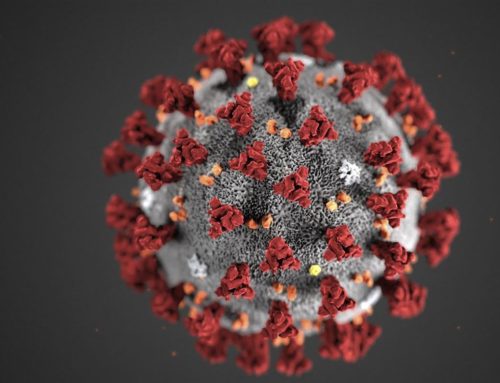http://www.huffingtonpost.com/2011/11/22/depression-pregnancy-child-development_n_1108356.html
The is a great study done by UC Irvine on the psychological links between mother and child in pre-natal development. Most of this is not a surprise to me, except for one point. As soon as I saw it though, it made total sense.
…”the findings suggest fetuses are somehow perceptive to their mothers’ psychological state, and as they grow, gather information to prepare themselves for the environment they are likely to face.”
If you think about this from the perspective of wild animals, it makes sense. If a wild animal is not prepared for the life it is about to live, the likelihood of survival is slim at best.
What needs to be addressed now is, how well-adapted in mom to her actual environment?
Diabetes, cancer,heart disease…the list goes on. However, indigenous tribes like the African Masai and the South American Yanomamo have none of these problems. They are some of the healthiest people on the planet. The Inuit Indian (Eskimo) used to be that way until we started feeding them candy bars and white bread.
The body is an extremely adaptable machine, but it must do that over many, many years. Not abruptly like it is going through now. Look what the refinement of grains has gotten us…almost every disease known right now.
When we look at genetic adaptation, is it any surprise that Native American Indians and Latin Americans have the highest rates of diabetes.
- Different studies found that African Americans are from 1.4 to 2.2 times more likely to have diabetes than white persons.
- Hispanic Americans have a higher prevalence of diabetes than non-Hispanic people, with the highest rates for type 2 diabetes among Puerto Ricans and Hispanic people living in the Southwest and the lowest rate among Cubans.
- The prevalence of diabetes among American Indians is 2.8 times the overall rate.
- Major groups within the Asian and Pacific Islander communities (Japanese Americans, Chinese Americans, Filipino Americans, and Korean Americans) all had higher prevalences than those of whites.
- The combined prevalence of diabetes and impaired glucose tolerance in the Greenland Inuit population 55 years of age or older is 35.0%.
The body must adapt to the natural changes in the environment, not man made; it’s too fast.
We shall see (in about 80 to 100 years) what the genetic modifications of food will do.

